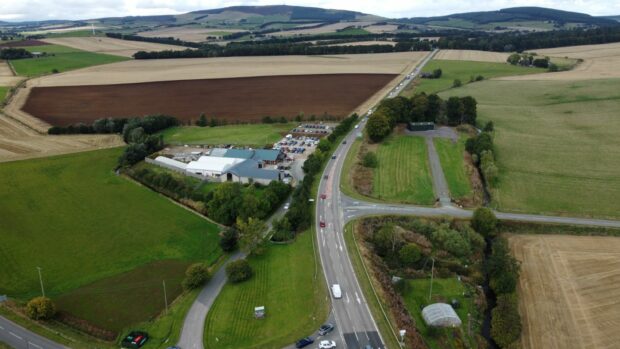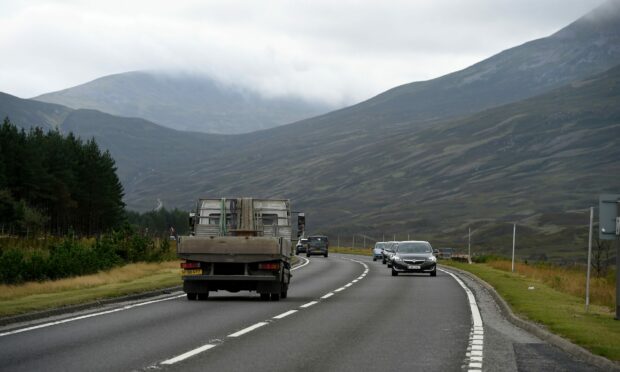The SNP-Green government is being accused of a “veil of secrecy” after roads bosses refused to confirm if a decision will be reached on fully dualling the A96 by the end of the year.
Government agency Transport Scotland says a public consultation on the future of the Aberdeen to Inverness road attracted an “unprecedented level of engagement”.
This means it has taken “more time than originally anticipated” to consider and appraise all the options.
A report on the public consultation and an “initial appraisal” will be published by the end of the year.
But transport bosses refused to give any detail on whether this document will include recommendations on whether to dual the route, as previously promised by the government.
The A96 is not the only road causing frustration among those pushing for improvements.
Transport Scotland is also blaming “market changes” for ongoing delays in publishing a blueprint for the A9 dualling project between Inverness and Perth.
A procurement strategy was due to be published in summer 2021 but almost a year and a half later it is still not complete.
Just two out of 11 sections have been dualled to date.
‘Veil of secrecy’
North-east Tory MSP Liam Kerr said the public “deserve some honesty and clarity”.
He claimed the SNP is putting up a “veil of secrecy” over what exactly the “initial appraisal” on the A96 will contain.
“The Scottish Government’s reluctance to come clean on the full dualling will only cause further upset to devastated families whose loved ones have tragically died or been injured on this road”, Mr Kerr added.
The SNP promised over a decade ago it would dual the A96 between Aberdeen and Inverness by 2030.
However, this was thrown into doubt when the Scottish Greens were brought into government last year.
It was announced as part of the government’s new agreement that the project would be subject to an environmental impact assessment.
Highlands and Islands Green party MSP Ariane Burgess said “boosting” A96 capacity will only lead to more cars and pollution.
“We have limited resources which we would far rather see invested in public transport and safety equipment, such as average speed cameras, rather than it being poured into a multi-billion pound road project,” she said.
A Transport Scotland spokesman said the review will be “transparent” and “evidence-based”.
In a statement, the agency added: “The recent public consultation received an unprecedented level of engagement with nearly 4,600 responses, generating more than 11,000 suggestions and potential opportunities for the route.
“Rightly, it has taken more time than originally anticipated to consider and to appraise all of those options, however, the report on the public consultation and the initial appraisal will be published by the end of the year.”
Why is the A9 project delayed?
The Scottish Government is supposed to be dualling the A9 by 2025.
In the past year alone 12 people have died on the road between Perth and Inverness, the highest death toll on the road for more than a decade.
Transport Minister Jenny Gilruth recently promised the government remains committed to delivering on the pledge.
But a planned procurement strategy for the remaining sections of the £3 billion road upgrade is yet to be completed.
The fresh strategy is expected to outline a new timetable and financing proposals for completing the long-awaited revamp of one of Scotland’s most dangerous roads.
The Scottish Government last week gave the go-ahead for dualling the 22km stretch between Killicrankie and Glen Garry in Perthshire.
Transport Scotland said it’s a “complex exercise”, adding: “As part of this exercise, in light of recent fluctuations in the economic environment, work is also underway to assess the impact of market changes on factors such as borrowing costs and price inflation to inform evaluation of the potential procurement approaches available.”



Conversation